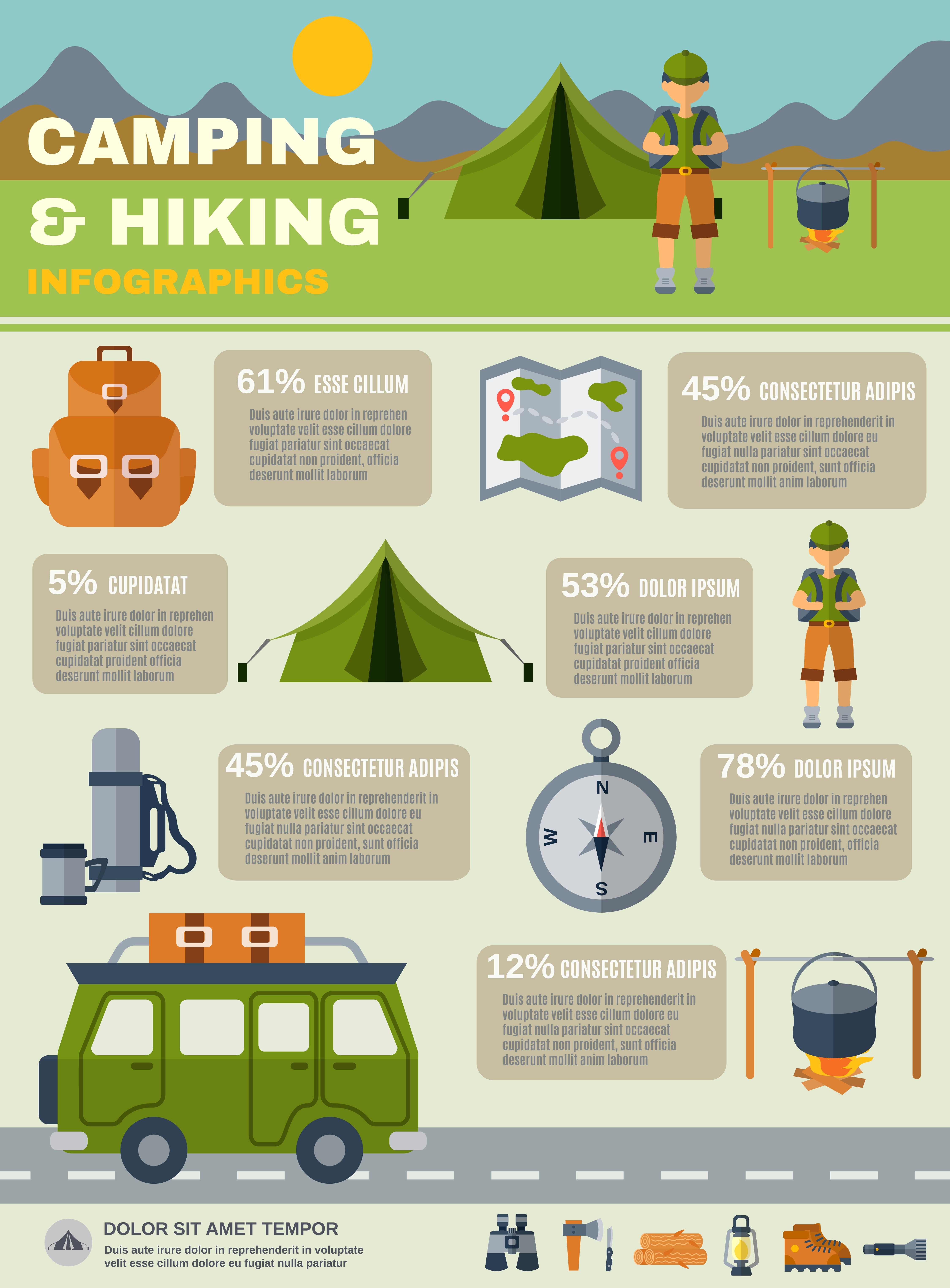Real Sales Real Profits Selling Your Camping Tents Online
Real Sales Real Profits Selling Your Camping Tents Online
Blog Article
Taking Photos of the Evening Sky
A variety of aspects can impact evening skies photography. From weather to upcoming holy occasions, you'll intend to plan ahead to guarantee success.
Who makes the best quality camping tents?
The shutter speed you pick identifies whether stars look like precise pin-points or route across the photo. A great general rule is to limit the direct exposure to 500 secs, or the equivalent of your lens's focal size.
Location
Among the most crucial factors in an excellent photograph is where you take it. Go for places with minimal light air pollution, and avoid areas that have bright city lights and skyscrapers.
Also, look for an area that provides foreground components to create structures with. For example, dune patterns, wind-sculpted ridges and rough outcrops can all provide appealing foreground elements to assist inform the story of your evening sky photo.
It is additionally useful to study astronomical events such as meteor showers and lunar eclipses to take advantage of possibilities for terrific pictures. Using a device such as the Digital photographer's Ephemeris can be exceptionally helpful when planning your shoots. It assists you to identify moon stages, Milky Way placement and various other astronomical occasions. Also, take into consideration shooting in RAW layout rather than JPEG as this offers you a lot more flexibility when refining the pictures. This is specifically true if you intend to publish your photos.
Electronic camera Setups
Getting the best camera settings is very important for any kind of photograph, but particularly so for evening skies images. A wide-angle lens is best for recording more of the Milky Way and decreasing celebrity tracks, along with a much longer shutter speed to quit the activity of stars and disclose their details.
For an optimum degree of clarity, shoot in RAW style rather than JPEG, which enables you to preserve even more data and supplies flexibility throughout post-processing. This can additionally contribute to submit size, so make certain you have a lot of storage area and extra sd card accessible.
Set your emphasis to manual concentrating by turning the AF/MF turn on your lens right into MF mode. You may require to take a few test shots and check the photo playback on your video camera's LCD display up until you attain ideal, determine manual emphasis. It's an excellent idea to do this during the day with your chosen lens and the area you will be shooting at evening, to verify the accuracy of your emphasis setup.
Lighting
A good night sky picture calls for the best problems. This includes a dark sky, yet likewise an intriguing foreground component such as a mountain on the horizon, a lake to mirror the celebrities, or a human element like a barn or shed. You can also utilize a headlamp to illuminate the foreground and include some dramatization or deepness to your image.
The most important camera setups for evening sky digital photography are the aperture and shutter rate. The wider the aperture, the a lot more light that gets to the sensing unit. This allows you to capture bright stars in a fairly brief quantity of time.
The shutter speed determines whether your celebrities will be pin-point perfect or if they will certainly appear as star routes because of the Planet's turning. Be sure to take numerous lengthy exposure shots and pile them in post-processing for the best results. Last but not least, shoot in RAW mode to give on your own maximum latitude in post-processing.
Composition
The trick to lovely celebrity shots isn't a premium telescope, a brand-new wide-angle lens or a state-of-the-art Canon or Nikon cam. It's technique, preparation and structure.
For beginners, look your shoot area beforehand to obtain a feel for the design and potential structures. Consider integrating foreground components such as rocks, a lake or alpenglow on the landscape to add character and passion to your pictures.
Remember the Policy of Thirds when composing your photos. This simple concept assists balance and unify images. It's also valuable for concentrating on points of interest in your photo, such as rock attributes or the Milky Way. Additionally, keep in mind to plan your shoots around moon phases-- shooting at a moon can overpower stars and produce a silhouetted form, while shooting in tent on evenings with a new moon can help you see constellations extra clearly.
How do you store a tent for winter?
